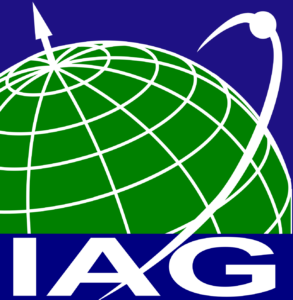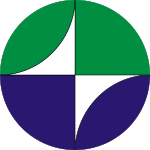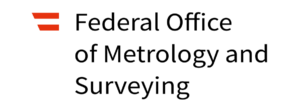JSG T.46 Deformation, rotation and gravity field modeling for Earth and space
Chair: Yoshiyuki Tanaka (Japan)
Affiliations: Commissions 2,3
Terms of Reference
Measurements of deformation, rotation and gravity field are the three pillars of modern geodesy and the Global Geodetic Observation System (GGOS). To interpret the measured temporal variations by the GGOS, various geophysical phenomena have been dynamically modelled. The spatiotemporal resolution of recent space geodetic observations has improved dramatically. This trend is expected to continue through an increase in the number of GNSS and InSAR satellites and ground stations including those operated by private companies as well as planned satellite gravity missions like the Mass-Change and Geosciences International Constellation (MAGIC). In addition, novel sensors have been developed to measure gravity gradients and potential changes. Based on such techniques, observation targets are expected to extend to those occurring on other celestial bodies. The diverse data with high spatiotemporal resolutions motivate us to develop theories to describe the processes causing deformation, rotation and gravity field variations. The Joint Study Group consists of scientists working on dynamic modelling based on different approaches. The targets of the modelling include local, regional and global variations which occur near the surface down to the inner core of the Earth and other celestial bodies. Observations include contributions from a variety of geophysical phenomena. The developed models can also be used as a correction model to separate those contributions. To share different perspectives for modelling stimulates the activities of each member and can produce and/or evolve collaborative studies.
Objectives
• Forward modelling:
– Target phenomena: co- and post-seismic deformation, other tectonic processes, surface loading and mass transports, hydrological effects, glacial isostatic adjustment, tides and rotation, etc.
– Properties of the material structure to be modelled: elasticity, viscoelasticity, plasticity, poroelasticity, electromagnetic, thermal and chemical properties, heterogeneities and anisotropies, etc.
– Modelling approaches: analytical, semianalytical and fully numerical methods and associated approximation methods, etc.
– Comparison between different theories.
– Opening developed software (if possible)
• Inverse modelling:
– Integration of diverse data.
– Effective processing of big data.
– Applications of the developed theories to real observations for new scientific findings.
Program of Activities
• To launch an e-mail list to share information concerning research results and to interchange ideas for solving related problems.
• To open a web page to share information, such as publication lists and its update.
• To propel collaborations with related working groups and projects (e.g., Hydrologic
signature in geodetic observations, Chair: Carla Braitenberg (WG in Commission 3), Novel Sensors and Quantum Technology for Geodesy: QuGe).
• To have sessions at international meetings and workshops as needed.
• Software comparison (co- and post-seismic deformation)
• Organising a session at the Hotine-Marussi Symposium 2026
Members
Yoshiyuki Tanaka (Japan), chair
Shin-Chan Han (Australia)
Hom Nath Gharti (Canada)
Guangyu Fu (China)
Isabelle Panet (France)
Volker Klemann (Germany)
Zdeněk Martinec (Ireland)
Alberto Pastorutti (Italy)
Carla Braitenberg (Italy)
Daniel Melini (Italy)
Elia Giliberti (Italy)
Giorgio Spada (Italy)
Junichi Okuno (Japan)
Taco Broerse (Netherlands)
Riccardo Riva (Netherlands)
Wouter van der Wal (Netherlands)
Peter Vajda (Slovak Republic)
José Fernández (Spain)
Kuanhung Chen (China-Taipei)
Jeanne Sauber (USA)



